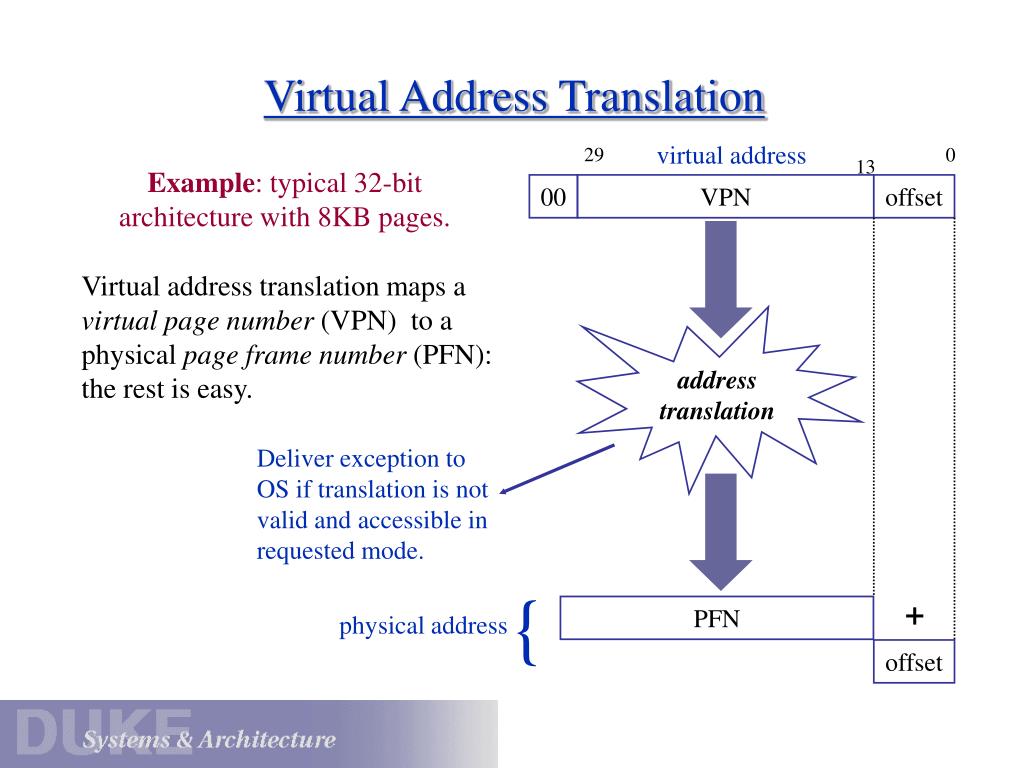
The speed at which the virtual server processes HTTP requests.Ī Performance (Layer 4) virtual server is a virtual server with Together, the virtual server and profile increase You canĪlso view statistics for a forwarding virtual servers.Ī Performance (HTTP) virtual server is a virtual server with which Request to its originally-specified destination IP address, the BIG-IP systemĪdds, tracks, and reaps these connections just as with other virtual servers. When you use a forwarding virtual server to direct a Virtual server simply forwards the packet directly to the destination IP address Group, and disabling the virtual server on the relevant VLAN.Ī Forwarding (IP) virtual server is just like other virtual servers,Įxcept that a forwarding virtual server has no pool members to load balance. Includes the VLAN in which the node resides, assigning a self-IP address to the VLAN These tasks consist of: creating a VLAN group that To do this, you must perform someĪdditional configuration tasks. Same IP address as a node in an associated VLAN. You can set up a Forwarding (Layer 2) virtual server to share the From then on, the virtual serverĪutomatically directs traffic to that default pool. You assign an existing default pool to it. When you first create the virtual server, Is the most basic type of virtual server. Properties, profiles, SNATs, and other resources you want to assign to it, such as iRules orĪ Standard virtual server (also known as a loadīalancing virtual server) directs client traffic to a load balancing pool and

When you create a virtual server, you specify the pool or pools that you want to use as theĭestination for any traffic coming from that virtual server. UDP, HTTP, SSL, SIP, and FTP, you can assign a custom profile to the virtual server or use the Re-encrypt SSL connections and verify SSL certificates. For example, through profile assignment, a virtual server canĮnable compression on HTTP request data as it passes through the BIG-IP system, or decrypt and O customize the way that the BIG-IP system processes various types of traffic, you can assign Of servers that you specify in the virtual server configuration. A primary purpose of a virtual server is to distribute traffic across a pool Traffic to virtual server, the virtual server listens for that traffic and, through destinationĪddress translation, directs the traffic according to the way that you configured the settings on

When clients on an external network send application System that is represented by a virtual IP address and a service, such asġ92.168.20.10:80. A virtual server is a traffic-management object on the BIG-IP A virtual server is one of the most important components of any BIG-IP ®


 0 kommentar(er)
0 kommentar(er)
